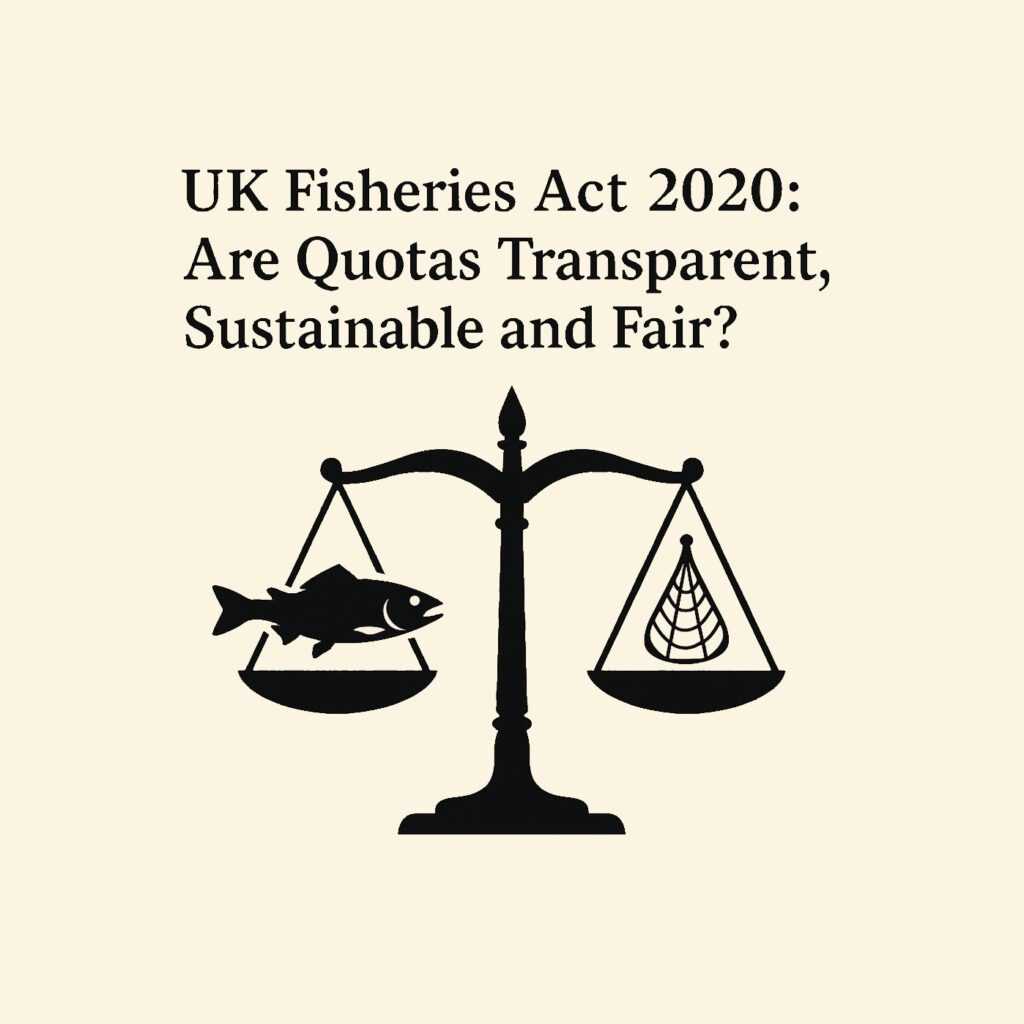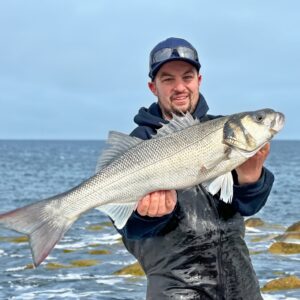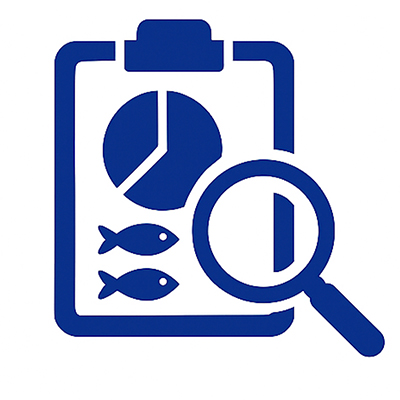The Fisheries Act 2020 (sec. 25) requires that all UK quota allocations be based on “transparent and objective” criteria (including environmental, social and economic factors)(publications.parliament.uk). It also expressly directs authorities to “incentivise” the use of selective fishing gear and low-impact techniques (publications.parliament.uk). Official guidance (Defra/MMO) claims current English quota rules already meet these tests (assets.publishing.service.gov.uk), aiming to rebuild stocks “for the long-term benefit of all” while giving “economic and social certainty” to fishing communities. But industry and NGO observers disagree. Critics point out that recent quota decisions often ignored scientific advice and the Act’s safeguards, applied opaque criteria, and gave most benefits to large sector-managed fleets rather than the small inshore boats the Act was meant to help (oceanographicmagazine.com) (fishingnews.co.uk.)
-
Transparent, objective criteria: Section 25 mandates clear, published rules on who gets what quotapublications.parliament.uk. In practice, however, ministerial decisions (e.g. UK–EU negotiations) have been criticised for lack of public justification. Blue Marine’s legal challenge to 2023/24 quotas notes that UK allocations were set far above ICES advice without explaining how environmental or social criteria were met – in effect ignoring most of the Act’s objectives and holding key criteria “manifestly against…the objectives of the Fisheries Act”(oceanographicmagazine.com)(oceanographicmagazine.com.)
-
Selective gear: The Act says authorities must reward low-impact methods (e.g. hook-and-line, traps)(publications.parliament.uk.) But recent actions have done the reverse: the most selective under-10 m rod-and-line fisheries (which have virtually zero bycatch) were shut down, while larger gill netters gained the pollack bycatch needed to continue fishing hake(anglingtrust.net). This appears to contradict the law’s spirit of incentivising small-boat sustainability.
-
Social and economic factors: By law, quota shares should help coastal communities and maintain livelihoods (publications.parliament.uk). Yet defra’s own pre‑Brexit consultation acknowledged “most quota is held by the sector with far less by the non-sector,” and highlighted “particular concerns” about the under-10 m fleet’s allocations (consult.defra.gov.uk). Those warnings have proven prophetic. Under-10 m fishermen (who comprise ~80% of the fleet) now struggle: many report that depleted stocks are “putting their livelihoods at risk” (fishingnews.co.uk), even as large producers absorb extra quota.
Transparency of Quota Decisions
The Act’s transparency requirement means quota rules and criteria should be published. The UK Quota Management Rules (English QQMR) explicitly state they “take into account the criteria” of sec. 25 and affirm that current allocation methods are “compliant with these provisions” (assets.publishing.service.gov.uk). In other words, Defra/MMO formally believe they are already following the law. In practice, however, industry stakeholders have found little visible evidence of how socio-economic or environmental factors actually influenced decisions.
Blue Marine Foundation’s 2025 legal challenge illustrates this gap. Its lawyers argued that the 2024 quota negotiations ignored nearly all of the Act’s objectives and showed “a lack of transparency in how quota decisions were made,” contrary to Section 25(fishingnews.co.uk). A High Court judge ultimately rejected the case (upholding the quotas), but the NGOs’ evidence was stark. For example, Defra-commissioned sustainability metrics showed 54% of 2024 quotas failed the government’s own sustainability tests (oceanographicmagazine.com). Blue Marine’s lead counsel noted that these decisions “collapsed cod, whiting, and now pollack – the last major stock on which the inshore fleet depended,” yet no clear public record explained how ignoring scientific advice met the Act’s criteria (oceanographicmagazine.com). Such critiques suggest real-world decision‐making has not met the law’s transparency mandate.
Sustainability and Selective Fishing
Section 25 makes sustainability paramount by requiring environmental criteria in allocations, and it urges incentives for low-impact gear(publications.parliament.uk). In principle the UK does consider science and multi-annual plans. In defense of 2024 quotas, ministers argued they were following multi-year recovery plans and balancing socio-economic needs(fishingnews.co.uk). But critics say this balance was skewed. In practice, many quotas were set above even the most precautionary scientific advice, and without transparent social weighting. Blue Marine highlighted that repeatedly choosing higher quota scenarios (or bycatch TACs) “puts fish stocks at risk” and thus undermines the Act’s sustainability goals(oceanographicmagazine.com).
Particularly perverse is the way the pollack management was handled. West/Celtic pollack advice came back as zero, triggering a bycatch‐only solution (to allow mixed fisheries to continue)(gov.uk). That meant inshore boats – which target pollack selectively in winter – were forced to reduce landings from 10 t/month to just 100 kg (theskipper.ie). By contrast, large sector trawlers (especially hake-directed boats) could continue catching pollack as bycatch with a much higher effective allowanceanglingtrust.net. The net effect was to pause the sustainable handline pollack fishery while preserving the offshore hake fishery.
Critics argue this decision directly violates the Act’s call for selective gear incentives. As NUTFA director Jerry Percy noted, the handline fleet “are the hardest hit” – these boats have “no bycatch and no dead discards” – yet they were made idle overnight by new rules . Inshore static-net fishermen likewise were “decimated through no fault” by the sudden cut (theskipper.ie). In short, the most selective sectors lost access, while less-selective fleets faced fewer changes. This outcome seems to undermine the Fisheries Act’s goal of rewarding low-impact fishing.
Distribution of Fishing Opportunities
Section 25 also demands fair socioeconomic distribution. Its criteria explicitly include “contribution to the local economy” and historic catches (publications.parliament.uk). In theory, the post-Brexit UK could redress past imbalances. Indeed, a 2020 Defra consultation acknowledged that “most quota is held by the sector with far less quota held by the non-sector. Many stakeholders have raised particular concerns about the quota available for the under 10m fleet.” It even said Brexit offers “an opportunity…to do something different and address this imbalance”(consult.defra.gov.uk).
In practice, however, quota gains have largely been captured by Producer Organisations (POs) and large vessels. The English Quota Management Rules claim that allocations aim to “restore fish stocks…for the long-term benefit of all” (assets.publishing.service.gov.uk), but small-boat advocates see little sign of wider sharing. Under current rules, under-10 m boats (the “non-sector pool”) get only token shares of many stocks, and their quotas cannot be traded as freely as PO-held quota. For example, for pollack the UK 2024 quota was only 203 t (down 86% from 2023) and was split unevenly between sector and inshore pools (anglingtrust.net). The large POs effectively absorbed almost all of it, leaving the under-10 m fleet with only a tiny bycatch allowance and a new compensation scheme (seafoodsource.com).
Summarising industry voices: the net result has been a marginalisation of inshore fleets. They see smaller shares of shared stocks, limited flexibility, and fewer resources for sustainable methods. Even new measures like the inshore Fully Documented Fisheries (FDF) scheme have not markedly shifted this balance. In contrast, offshore skippers and POs generally say the government has at least maintained quotas through trade-offs and multi-year plans (in line with NFFO’s view that social/economic needs must be weighed alongside environmental objectives (fishingnews.co.uk)). But for small-boat communities, the perception is that the system still stacks the deck against them. Section 25’s call to “spread” benefits and support diverse coastal communities (consult.defra.gov.uk) appears unfulfilled when one fleet segment can scarcely fish the stocks it depends on.
The Pollack–Hake Policy: Selectivity vs. Expedience
The decision to close the inshore pollack fishery (making pollack “bycatch-only” in 2024) in order to keep hake quotas open has been portrayed as a tough but necessary choice. Officials argued it would speed pollack recovery and avoid shutting down mixed demersal and hake fisheries (gov.uk). Yet it has a clear political dimension: in effect, it tied up the most selective inshore boats so larger fleets could continue catching hake (and their incidental pollack) without choking.
Critics say this undermines the Fisheries Act’s intent. Rather than incentivising the line and netters who use the least harmful gear, the policy penalised them and gave extra breathing room to industrial fleets. As angling and inshore groups point out, this is the exact opposite of sustainable policy – it shuts out “the most sustainable element of the inshore fleet” and risks pushing those boats out of business just as stocks might recover (anglingtrust.net). In one form, the government recognized the hardship: it later introduced a compensation scheme for affected small-boat skippers, covering 50% of lost income (seafoodsource.com). But critics argue compensation does not change the fact that selective fishers were shut out of a fishery, reducing overall sustainability.
In sum, the hake/pollack episode highlights a clash between competing objectives. It shows that decisions are still being driven by short-term stock-management expediencies and industry politics – often favoring big boats – rather than by the Act’s long-term, ecosystem-based aims. Section 25 urges giving preference to low-impact methods, yet here the bycatch rules largely ignored that guidance. Many believe it would have been more consistent with the law’s spirit to explore technical measures (like seasonal closures or gear restrictions) that allow rod‑and‑line pollack fishing to continue at reduced levels, instead of a near-total ban (fishingnews.co.uk).
Conclusion: Bridging Law and Practice
The evidence suggests that UK fisheries management has struggled to fully live up to Section 25’s requirements. Transparency has improved compared to EU days – for example, decisions are now documented on gov.uk – but many say the rationale behind quota choices remains opaque. Sustainability commitments have been undermined by repeatedly overfishing above advice and sidelining the most selective fishers (oceanographicmagazine.com). And the under-10 m fleet still receives only a sliver of most quotas, despite the Act’s call for equitable socio-economic distribution (consult.defra.gov.uk) (fishingnews.co.uk).
To align with Section 25, policymakers should ensure quota criteria (and trade-offs between objectives) are clearly published and justified. Allocations should be reframed to reward low-impact vessels as the law intended, for example by adjusting permits or creating carve-outs for independent under-10 m fishers. Stock-by-stock management plans could build in community quotas or safeguards for coastal towns that depend on these fleets. Finally, any controversial measures (like forcing a bycatch-only pollack season) should be accompanied by a full assessment of impacts on small boats versus larger fleets, and exploration of alternative technical fixes.
By taking these steps – publishing allocation rules, genuinely weighing social and environmental factors, and rectifying demonstrable imbalances – Defra and its agencies can better honor both the letter and spirit of the Fisheries Act. Only then can Britain’s post-Brexit “blue passport” truly boost sustainable coastal fisheries rather than concentrating quota and control in a few hands (assets.publishing.service.gov.uk) (oceanographicmagazine.com).







